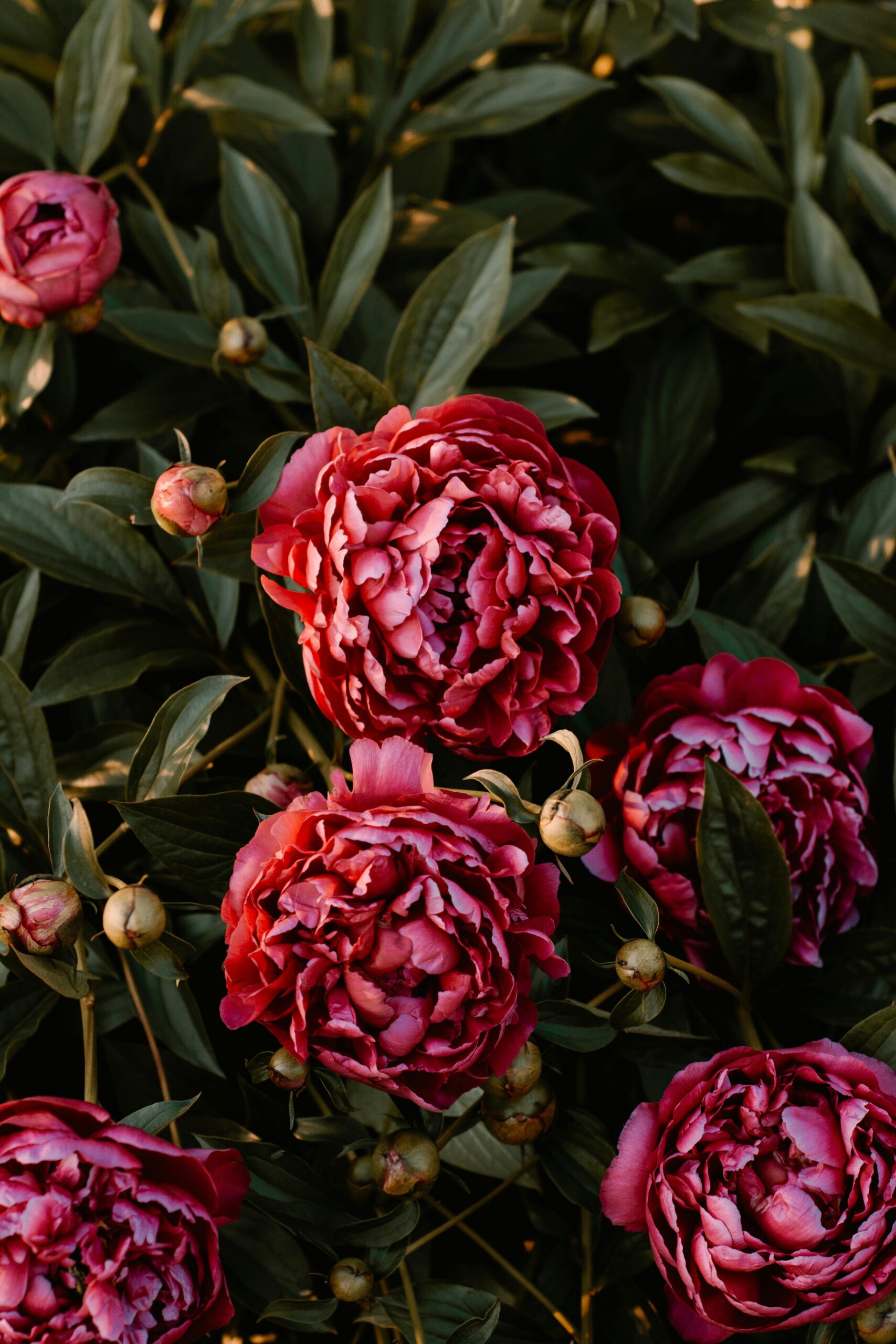Introduction
Gardening enthusiasts often seek the perfect balance between beauty and maintenance. A low-maintenance perennial garden is an ideal solution, offering vibrant blooms and foliage throughout the year with minimal effort. This guide will help you create a stunning perennial garden that requires less time and energy, allowing you to enjoy your garden more.
Choosing the Right Perennials
The success of a low-maintenance garden begins with selecting the right plants. Perennials are plants that return year after year, reducing the need for replanting. Focus on hardy, drought-resistant varieties that thrive in your local climate.
Some excellent low-maintenance perennials include:
- Daylilies (Hemerocallis): Known for their vibrant blooms and hardiness.
- Hostas: Perfect for shady areas, offering lush foliage.
- Sedum: A drought-tolerant succulent with beautiful flowers.
- Black-eyed Susan (Rudbeckia): Bright, cheerful flowers that attract pollinators.
- Peonies: Long-lived plants with stunning flowers.
Planning Your Garden Layout
A well-planned garden layout ensures ease of maintenance and year-round interest. Begin by assessing your garden space, considering factors like sunlight, soil type, and drainage. Group plants with similar needs together to streamline watering and care.
Create layers in your garden by planting taller perennials at the back and shorter ones at the front. This approach not only maximizes visual appeal but also makes it easier to access plants for maintenance. Incorporate a mix of flowering and foliage plants to maintain interest throughout the seasons.
Soil Preparation and Mulching
Healthy soil is the foundation of a thriving garden. Before planting, enrich your soil with organic matter like compost or well-rotted manure. This improves soil structure, drainage, and fertility, giving your perennials the best start.
Mulching is a key strategy in low-maintenance gardening. Apply a layer of organic mulch, such as wood chips or straw, around your plants. Mulch conserves moisture, suppresses weeds, and regulates soil temperature, reducing the need for frequent watering and weeding.
Watering and Fertilizing
One of the benefits of perennial gardens is their reduced watering needs once established. Water deeply and infrequently to encourage deep root growth. Most perennials require about an inch of water per week during the growing season. Consider installing a drip irrigation system to deliver water directly to the roots, minimizing evaporation and runoff.
Fertilizing perennials is generally minimal. Use a balanced, slow-release fertilizer in the spring as new growth begins. Organic options like compost tea or fish emulsion can also provide essential nutrients without the risk of over-fertilization.
Pruning and Deadheading
Regular pruning and deadheading (removing spent flowers) keep your garden looking neat and encourage more blooms. Most perennials benefit from a light trim in early spring to remove dead or damaged growth. Deadheading extends the flowering period and prevents plants from setting seed, directing energy back into root and leaf development.
For late-season interest, allow some seed heads to remain. Plants like coneflowers and ornamental grasses provide visual interest and food for birds in the winter months.
Dealing with Pests and Diseases
Low-maintenance gardens are less prone to pests and diseases, especially when you choose resilient plants. Encourage beneficial insects like ladybugs and predatory beetles that keep pest populations in check. Avoid chemical pesticides that can harm beneficial organisms.
Maintain good garden hygiene by removing diseased or dead plant material promptly. Proper spacing and air circulation reduce the risk of fungal infections and other diseases.
Conclusion
Creating a low-maintenance perennial garden allows you to enjoy a beautiful, thriving landscape with minimal effort. By choosing the right plants, planning your layout, and implementing smart gardening practices, you can achieve year-round beauty and sustainability. Embrace the ease and satisfaction of a perennial garden and spend more time enjoying the fruits of your labor.
Check out how to create a beautiful butterfly garden!

